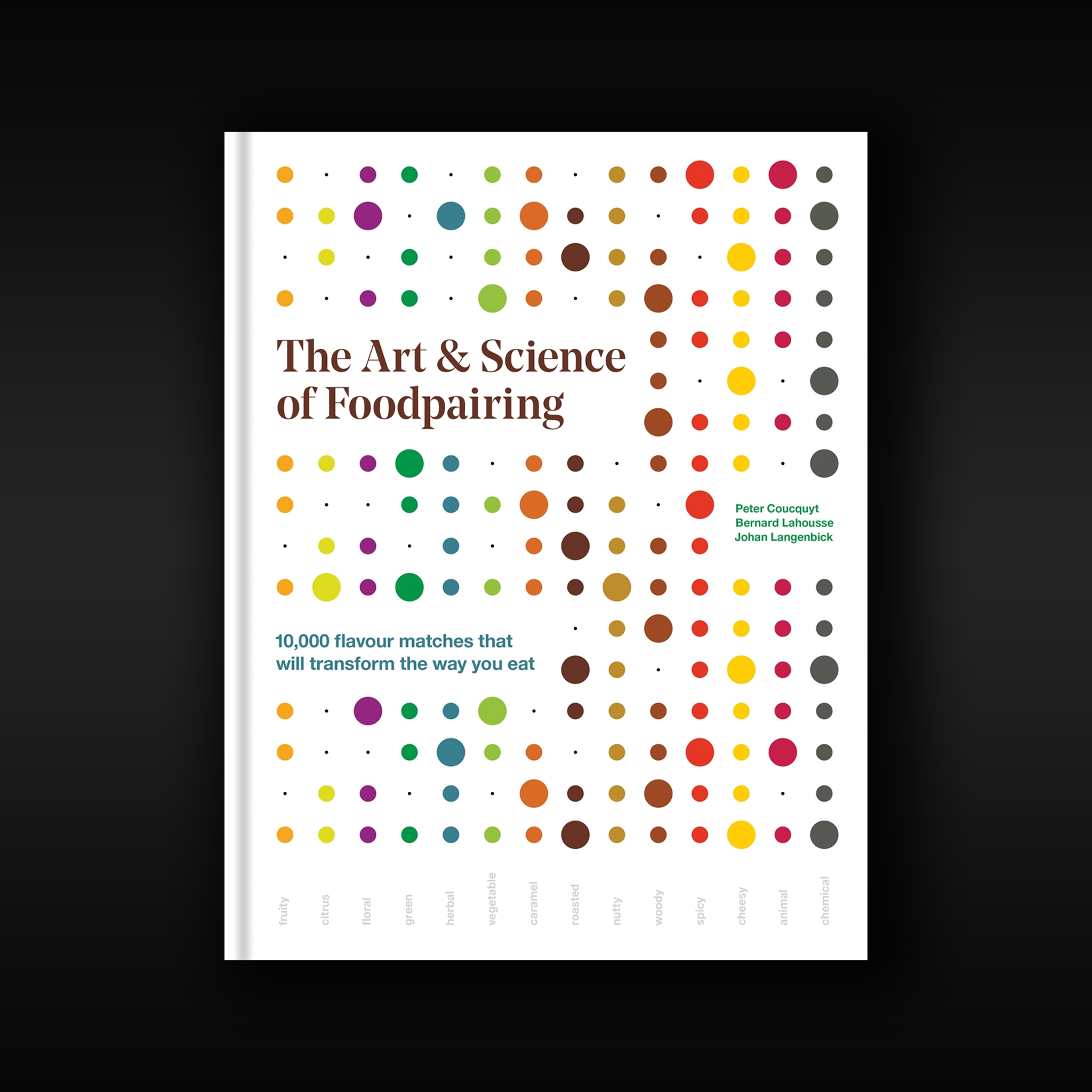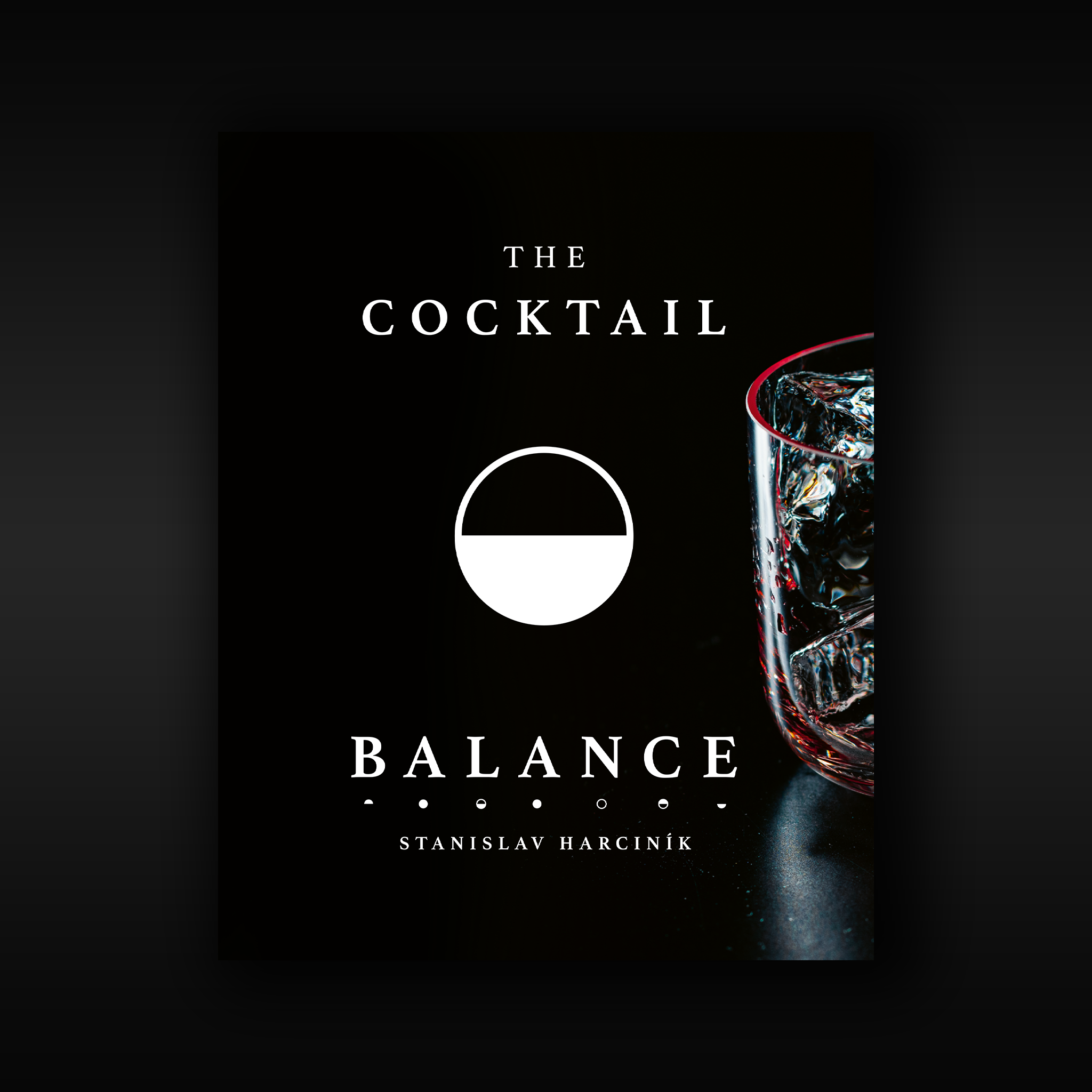Book Inspirations part I.
Being a bartender sometimes feels like being a chemist or work in science lab.
Before I started to work on my own book I did a long lasting research. Not only to create something special and new, what has never been before on the market, but I also wanted to improve my skills and learn something new. That’s when I discovered words like Gastrophysics & Neurogastronomy. Like what? Is it just some funny word, or it really is an actual field of science? As I tried to dive deeper into those unknown lands I realized, that it’s something, we all should learn more about, because it’s important to understand the connection between our brain, flavors and aromas. The next step was to implement these knowledges into one chapter called “KNOW WHAT HAPPINESS SMELLS LIKE?” So here are a few tips for the book, that are enriching for you, if you are interested in food science (which you really should be) and which inspired me to write the book The Cocktail Balance:
The Art & Science of Foodpairing
by Peter Coucquyt, Bernard Lahouss & Johan Langebick
What is foodpairing? It is not the familiar and mundane matching of wine and food or even food and food, but it is certainly all about creating the most delicious culinary results possible. When humans taste a food, they are processing its taste 80 percent through the nose -- via the food's aromatic molecules -- and only 20 percent on the tongue. This book is a real essential for everyone, who wants to understand how foodpairing works, how you can get bored by the same aromas, why do we need to experience the scent while eating or drinking and why is aroma so important.
Neurogastronomy
by Gordon M. Shepherd
Shepherd connects his research to trends in nutrition, dieting, and obesity, especially the challenges that many face in eating healthily. He concludes with human perceptions of smell and flavor and their relationship to the neural basis of consciousness. As we eat, the brain conceptualizes smells as spatial patterns, and from these and the other senses it constructs the perception of flavor. Did you know that there is actually an impact of the flavor system on contemporary social, behavioral, and medical issues. This book is something for every cocktail lover, who wants to understand what happens in our brains when we drink or eat.
Gastrophysics
by Charles Spence
Why do we consume 35% more food when eating with one more person, and 75% more when with three? Why are 27% of drinks bought on aeroplanes tomato juice? How are chefs and companies planning to transform our dining experiences, and what can we learn from their cutting-edge insights to make memorable meals at home? Charles Spence is a pioneer in the field of Gastrophysics and one of the leaders in the Oxford research team. In the book he also reveals the importance of all the 'off-the-plate' elements of a meal: the weight of cutlery, the placing on the plate, the background music and much more. I even learned, that there is a difference between eating the food in the kitchen and in the front of the TV and it’s not only about the emotions, but also how I perceive the flavors and aromas of the food and drinks.
Sensehacking
by Charles Spence
How can the furniture in your home affect your wellbeing? What color clothing will help you play sport better? And what simple trick will calm you after a tense day at work? We like to think of ourselves as rational beings, and yet it's the scent of expensive face cream that removes wrinkles (temporarily), a room actually feels warmer if you use a warmer paint color, and the noise of the crowd really does affect the referee's decision. Understanding how our senses interact can produce incredible results. I personally liked the connection between colors and the objects. Because it can help you to understand why are some cocktails light colored, dark colored and how to combine then with different glassware, to create lovable experience.
Mouthfeel
by Ole G. Mouritsen & Klavs Styrbæk
Why is chocolate melting on the tongue such a decadent sensation? Why do we love crunching on bacon? Why is fizz-less soda such a disappointment to drink, and why is flat beer so unappealing to the palate? Our sense of taste produces physical and emotional reactions that cannot be explained by chemical components alone. Eating triggers our imagination, draws on our powers of recall, and activates our critical judgment, creating a unique impression in our mouths and our minds. How exactly does this alchemy work, and what are the larger cultural and environmental implications? This book explains why is so important to take care of the texture of the cocktails, how it’ s importance changed through years and how we as a human beings experience it.







